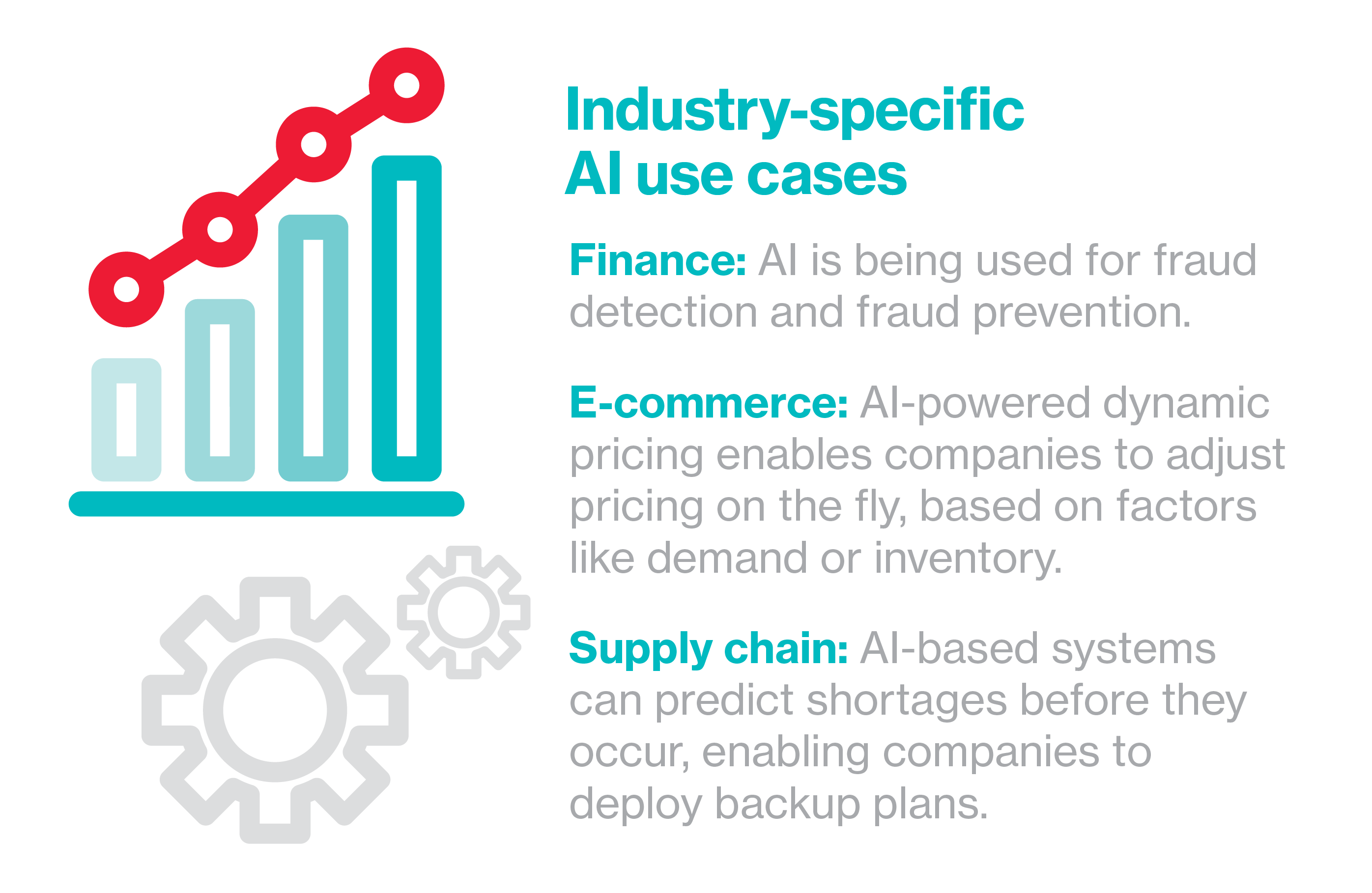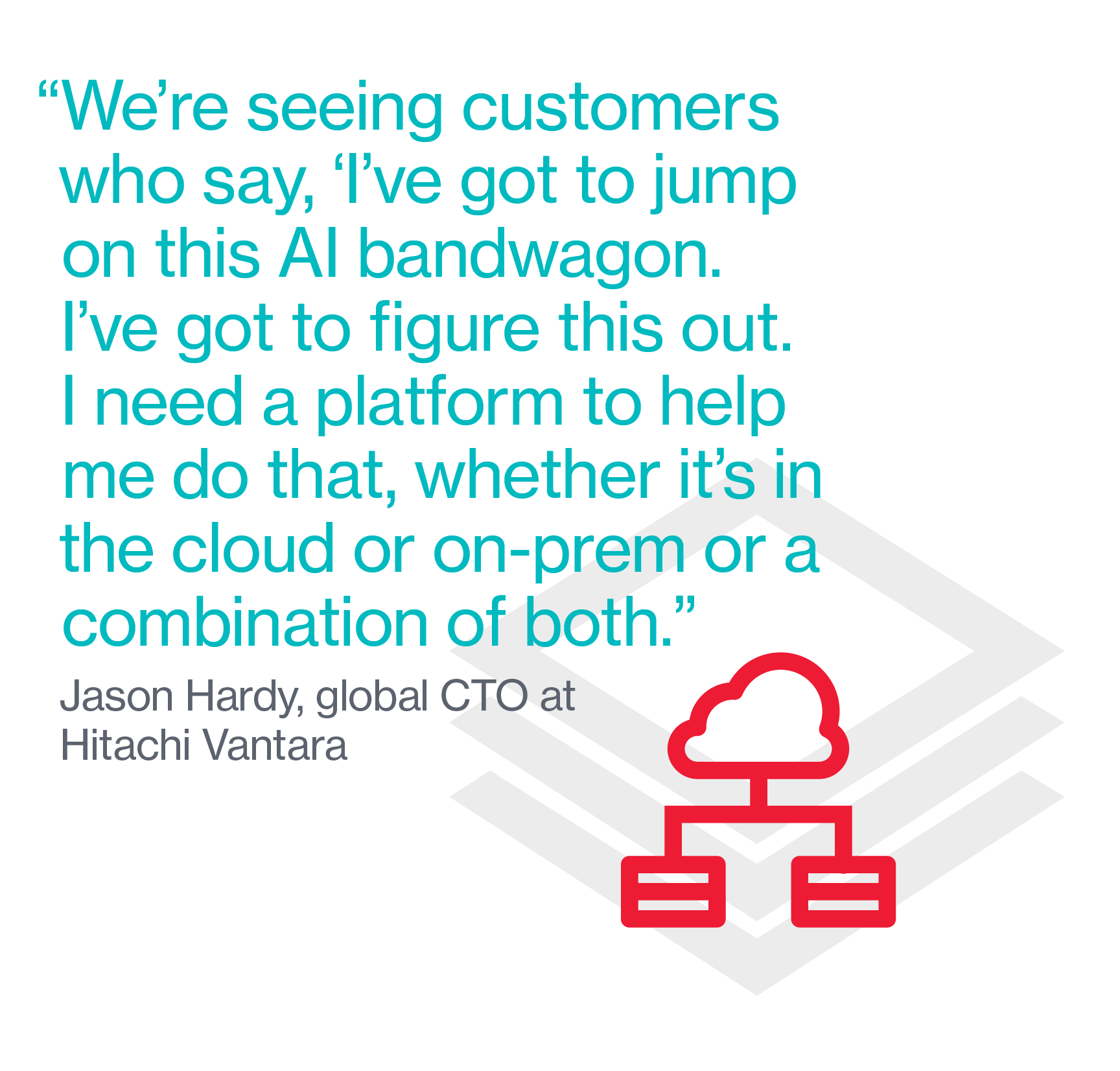Sponsored
AI-based data analytics enable business insight
To benefit from advanced analytics, companies must address staffing, infrastructure, and data preparation.
In association withHitachi
Remember buying music on CDs? Or even vinyl? From the consumer perspective, the shift to streaming services provides a limitless selection of content that we can access on all of our devices. For the music industry, it creates tremendous opportunities to collect, analyze, and monetize data about our listening habits.

AI-based data analytics enable business insight
That was the directive SK Sharma was given in 2016, when he was hired as chief analytics and AI officer by Ingrooves Music Group, which provides global music distribution and marketing to indie artists. “The idea is,” he says, “in a very crowded music marketplace, how can we make certain kinds of content, particularly with respect to indie artists, stand out.” Making use of engagement data is “the crux of our business,” says Sharma, “and that’s what necessitates using predictive analytics and really being able to judiciously use the information that we have.”
For Sharma, that meant starting from scratch, assembling a team of data scientists and building an AI pipeline. Sharma and his team then created a “smart audience platform” that puts ads touting an artist’s latest release in front of listeners who are most likely to engage with that artist. The music industry might not be the first business case that comes to mind for AI and data analytics. Yet AI-based data analytics can have a transformative impact in any industry and across a wide range of use cases.

Why companies need advanced data analytics
Most organizations today are drowning in data. They collect it for regulatory and compliance reasons, and they also archive additional data with the expectation that someday it will come in handy.
That day has arrived. Or as Jason Hardy, global CTO at Hitachi Vantara, puts it, companies are having an “aha moment”—realizing that AI-based data analytics can deliver real business value from their collected data that provides a competitive edge. He adds, “Traditionally, companies were saying, ‘Just archive it and we’ll figure out what to do with it later.’ That’s turned into a ‘No, this actually impacts us now; we need to be able to read that data in real time and process and infer against it.’”

This has become true across industries. In manufacturing, better analytics can improve yield, reduce waste, and increase efficiency. In consumer-focused businesses, AI can detect the emotional responses of customers to specific product placements or measure satisfaction with customer service. In industries that rely on a supply chain, AI can predict and mitigate faults in the supply chain before they occur.
Hardy adds, “We’re seeing customers who say, ‘I’ve got to jump on this AI bandwagon. I’ve got to figure this out. I need a platform to help me do that, whether it’s in the cloud or on-prem or a combination of both.”
Unfortunately, most organizations don’t know where to start. Hardy says C-level executives tell him, “We want to use AI and machine learning. We want to use our data. We want to create value from it. We actually don’t know how. We don’t even know the question we’re trying to answer.”
This content was produced by Insights, the custom content arm of MIT Technology Review. It was not written by MIT Technology Review’s editorial staff.
Deep Dive
Computing
How ASML took over the chipmaking chessboard
MIT Technology Review sat down with outgoing CTO Martin van den Brink to talk about the company’s rise to dominance and the life and death of Moore’s Law.
How Wi-Fi sensing became usable tech
After a decade of obscurity, the technology is being used to track people’s movements.
Why it’s so hard for China’s chip industry to become self-sufficient
Chip companies from the US and China are developing new materials to reduce reliance on a Japanese monopoly. It won’t be easy.
Stay connected
Get the latest updates from
MIT Technology Review
Discover special offers, top stories, upcoming events, and more.